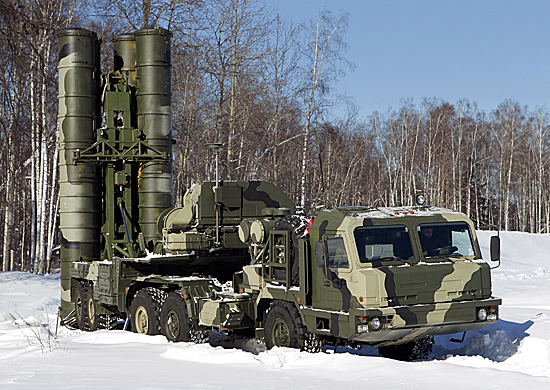by David Parmer / Tokyo
In February 2017 we reported about Russia’s “killer app,” the powerful S-400 Triumf missile system. The Triumf is back in the news and reports are showing that it is getting not only a lot of interest, but firm orders from countries around the world. Countries mentioned include India, China, and Turkey. Military.com (21 March2018) reports that there is also interest from the Gulf states of Qatar and Saudi Arabia in an area that has traditionally been a US arms preserve. In 2017 Iran’s Tasnim News (28 August 2017) quoted a Russian official in charge of arms exports as saying at least 10 orders for S-400 systems were being processed.
Business Insider (19 January 2018) reports that delivery of S-400 systems to China is now ongoing. Placing these missiles in Fujian province will give the PRC coverage of the Taiwan airspace, a significant leg-up if armed hostilities develop between Taiwan and the PRC down the road. Negotiations for sales of the system to India and Turkey are ongoing.
So why the interest in the S-400? Well, the answer might be found in a somewhat-gloating article in Russia’s RT news (21 March 2018). The S-400 is the best anti-aircraft, anti-missile system available today for export. It far out-performs its nearest rival, the venerable American Patriot missile system which has been around for about 30 years. The Triumf’s missiles are faster, can fly higher and can be launched much quicker.
Russia has also been deploying these missiles to Syria since 2015. Besides supporting its client state, and intimidating America and its clients, this could also be seen as a way to collect performance data in an active combat zone.
Right now American and European hi-tech manufacturers must be engaged in some serious catch-up to try to come up with powerful and versatile equipment to match what Russia has already fielded. In the meantime, Russian cash-registers will ring-up sales, and this most-lethal system will be seen in more and more places around the globe.
Do you have any thoughts on this? Please let us know.
Russia RT News article on Triumf
Photo: Russia Ministry of Defense
 日本語
日本語 English
English 中国語
中国語
